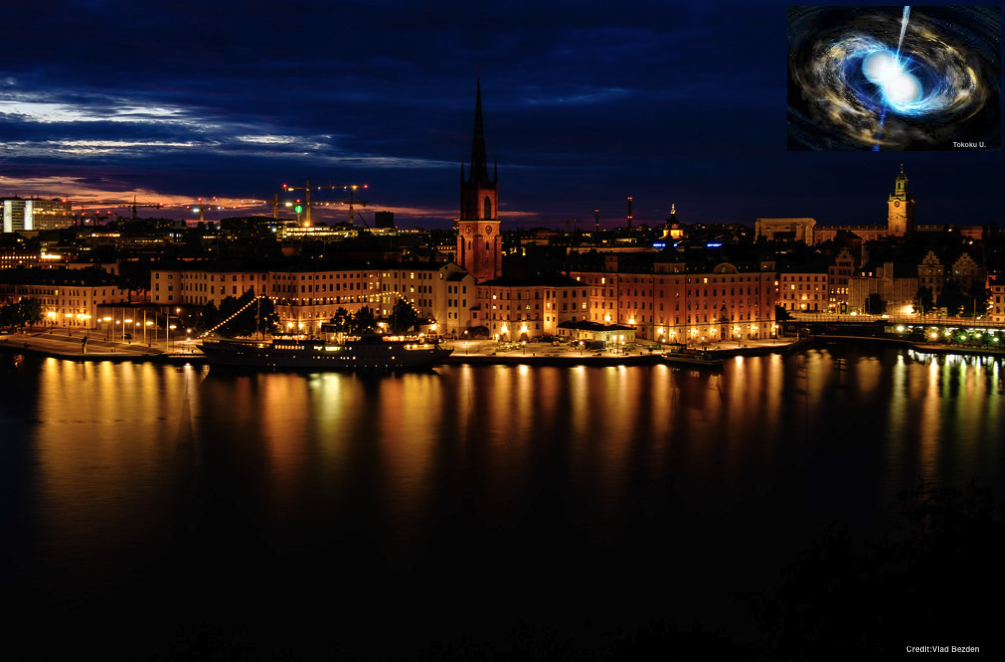Speaker
Description
The observed luminosity of astronomical transients, such as Type Ia supernovae (Ia SNe) or Kilonovae (KNe) that follow neutron star mergers (NSMs), is powered by radioactive decay of unstable nuclei in rapidly expanding ejecta. Understanding the thermalization process of high energy particles produced by radioactive decay is essential for modeling the light curves, and thus for inferring from observations the ejecta properties, including mass, velocity and, in the case of KNe, composition. This, in turn, is crucial for determining the role of NSMs in the formation of heavy elements.
In this work, we study the thermalization of gamma-rays, over a wide range of ejecta compositions and densities. A simple semi-analytical model is presented for the time-dependent fraction of the gamma-ray energy deposited in the ejecta. We verify the model using Monte-Carlo simulations and we show it can be approximated using an effective frequency-independent gamma-ray opacity, which defines a timescale for the onset of inefficient gamma-ray deposition.
For KNe, we derive the effective gamma-ray opacity for a wide range of initial neutron richness, initial entropies and column densities.
We show that the results are insensitive to the (large) uncertainties in the nuclear mass model and in the theoretical values of unmeasured reaction rates.
The method described in this work can be applied to any radioactive ejecta. In particular, it reproduces the effective gamma-ray opacity used in Ia SNe modeling without the need to discard the contribution of the low-energy X-rays in an ad-hoc manner, as was done in the past. Furthermore, we discuss the applicability of the method to fast blue optical transients (FBOTs), short-duration events which may be powered by radioactive heating, and derive the gamma-ray effective opacity for nickel-powered FBOTs.

